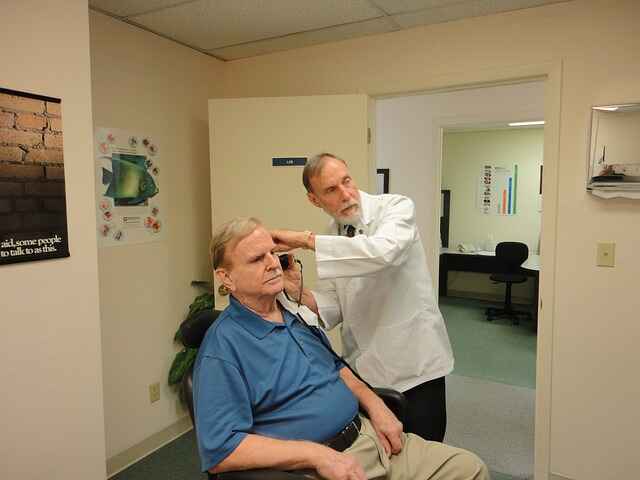What is Glomus Jugulare?
A glomus jugular tumor is a tumor of the area of the temporal bone in the skull that affects the middle and inner ear structures. This tumor has the possibility of damaging the ear, upper neck, the base of the skull, as well as the surrounding blood vessels and nerves. They are part of a category of tumors known as paragangliomas, which can arise in various areas and include carotid body, glomus vagal, and glomus tympanicum tumors.
Glomus jugular tumors develop from glomus cells in the jugular bulb’s outermost wall. These highly vascular tumors get blood from the external and internal carotid arteries and can spread to the middle ear and brain. Even more occasionally, they may be part of a hereditary disease in which people have several paraganglioma tumors throughout their bodies, including the neck and adrenal glands.
Also Read: What is Gynecologic Cancer? What are the 5 Types of Gynecologic Cancers?
Types
- Tumors of type I affect the jugular bulb, middle ear, and mastoid.
- Tumors of type II extend beneath the internal auditory canal.
- Type III cancers invade the petrous apex and may spread intracranially.
- Type IV tumors grow past the petrous apex and into the clivus or infra zygomatic fossa, and they may spread intracranially.
Causes
These tumors usually arise later in life, around the age of 60 or 70, but they can appear at any age. A glomus jugulare tumor has no recognized cause. Glomus cancers have been linked to changes (mutations) in the gene encoding the enzyme succinate dehydrogenase (SDHD). Glomus bodies, which are nerve fibers, are present here. These nerves typically react to alterations in body temperature or blood pressure.
Also Read: Vulvar Cancer: Symptoms, Causes, Risk Factors, Diagnosis, Prevention, Facts
Risk factors
In most situations, no identified risk factors exist. The majority of cases are sporadic, however, some may be familial and connected to abnormalities in the succinate dehydrogenase gene or the genetic disorder neurofibromatosis type 1.
Symptoms
Glomus jugular tumors are frequently asymptomatic until they are rather large. Glomus jugular tumor symptoms include:
- Hearing impairment
- Ear enlargement
- Ear ache
- Tinnitus with pulses
- Vertigo
- Dysphagia
- Hoarseness
- The paralysis of the face

Diagnosis
Neurophysiological tests, computed tomography (CT), and magnetic resonance imaging (MRI) are used to diagnose these malignancies.
Angiography may also be performed if preoperative embolization is planned to reduce the risk of bleeding during tumor removal surgery.
An endocrine work-up and urine testing should also be performed.
A glomus jugulare tumor biopsy is required to confirm the diagnosis and can be performed before or during surgery to remove the tumor.
Treatment
Glomus jugular tumors are extremely rare and do not spread to other regions of the body. Treatment, however, may be required to alleviate symptoms.
- Surgery is the primary treatment. Surgery is complicated and is usually performed by a neurosurgeon, a head and neck surgeon, or an ear surgeon (neurotologist).
- Medical therapy can alleviate symptoms and be beneficial before
- surgery for tumors that actively produce hormones and neurotransmitters.
- Despite a persisting tumor mass, radiation may ease symptoms and stop growth.
- Stereotactic radiosurgery is not considered surgery. It entails directing X-rays at the tumor to eradicate the aberrant tissue.
When do we see Doctor?
First, you’ll see your doctor for a medical assessment and to talk about your symptoms. Your doctor may then request imaging tests such as an MRI, CT scan, or angiography.
Prevention
When it comes to this rare and complicated finger tumor, it is essential to choose a surgeon who is well-versed in their treatment and has seen numerous cases. Your neurosurgeon may use the Expanded Endonasal Approach (EEA), a minimally invasive treatment that removes the tumor through the nasal passages, resulting in no incisions, a shorter hospital stay, and a quicker recovery.
Also Read: All About Pituitary Adenomas: Types, Symptoms, Causes, Prevention





